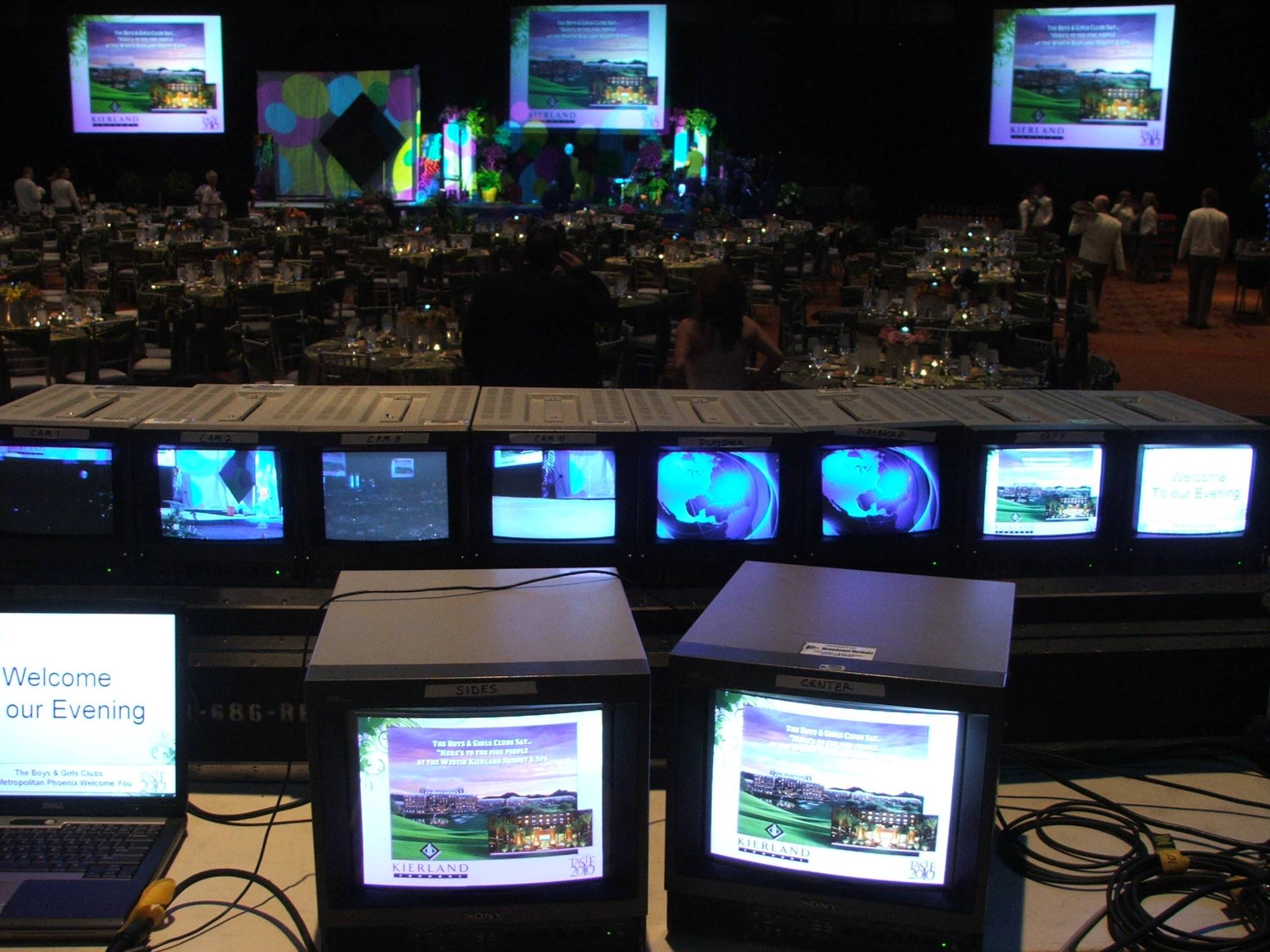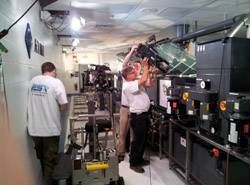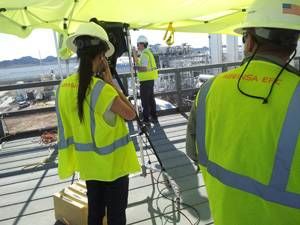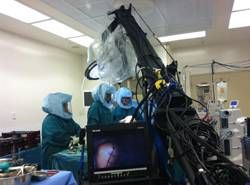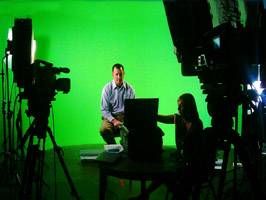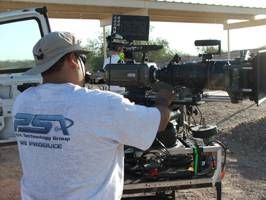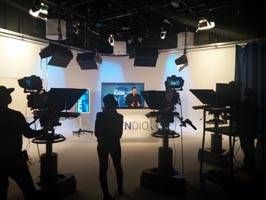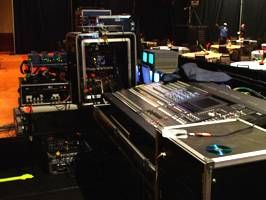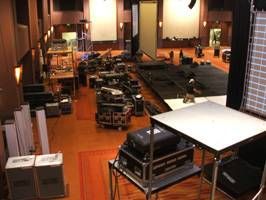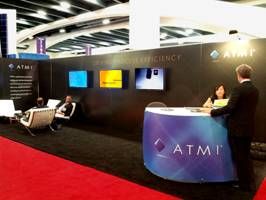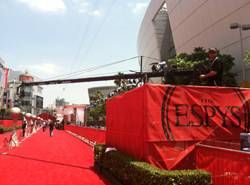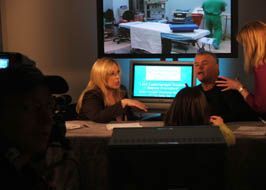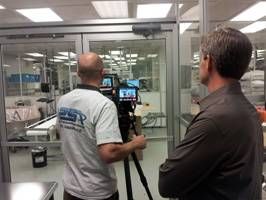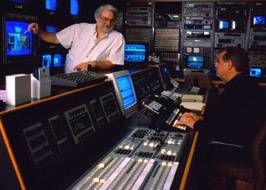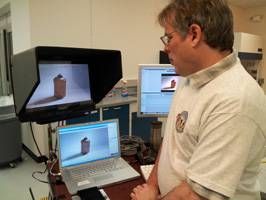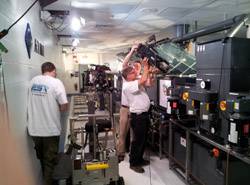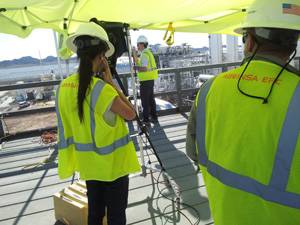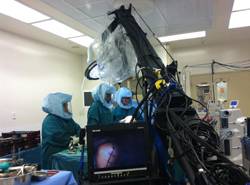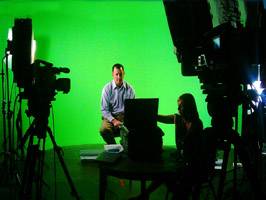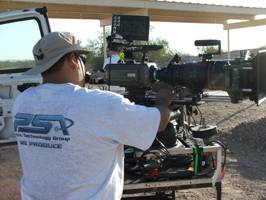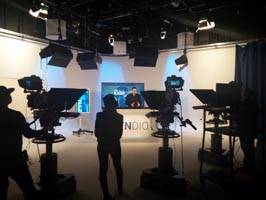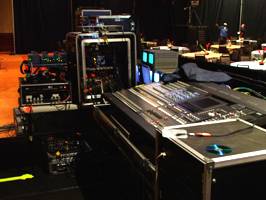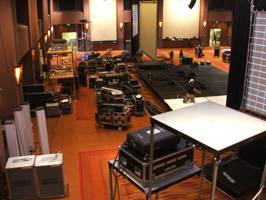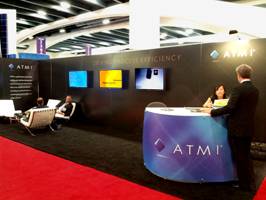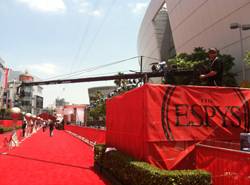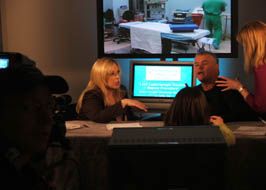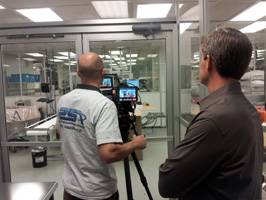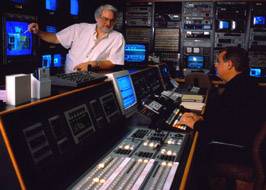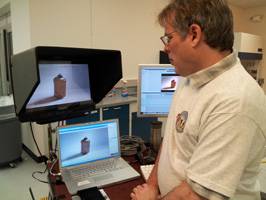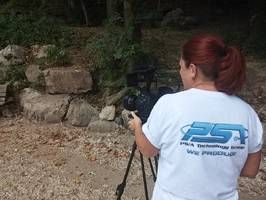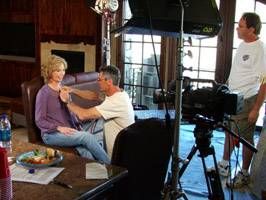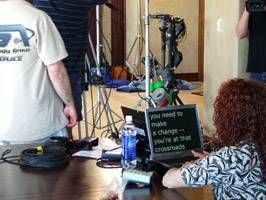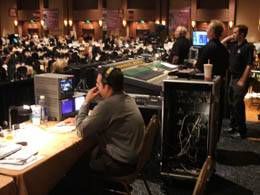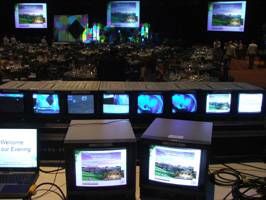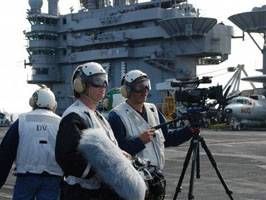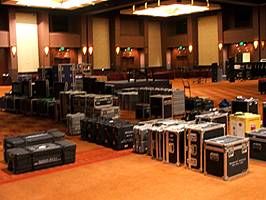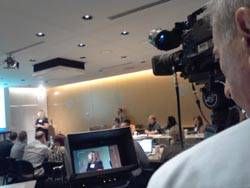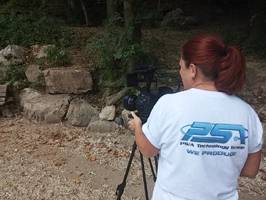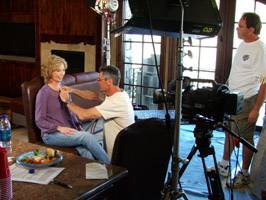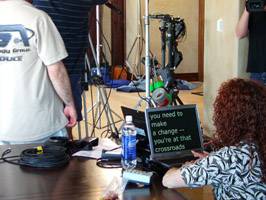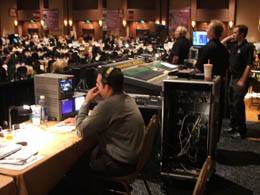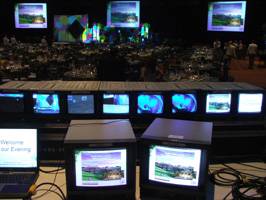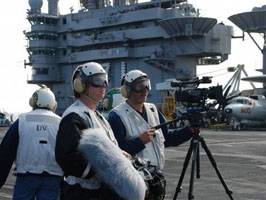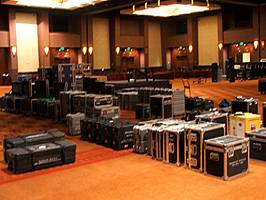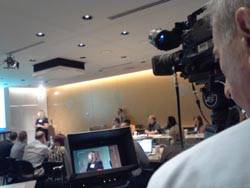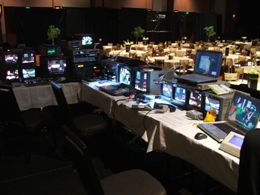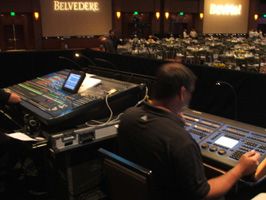As with everything in life, it all comes down to time and materials. The more a production company has to create materials, drag information from a client through endless meetings and interactions, the less prepared a client is... the more it's going to cost. Make sure you have a start on things.
a) Assign one person to spearhead your project. Committees don't make a good point of contact for a production. Give them knowledge of the project, its goals and needs and give them authority to make decisions.
b) Gather your materials. Make as much available to the production company as possible. This includes previous video materials, graphics including your logo, product logos, your charts, photos to be used (or a list for shooting), Clean up your facility and people if shooting is to be done at your location, and have any executives and managers ready and prepped for their on camera appearances.
c) If you don't have a script, have an outline. Nothing wastes more time than a script writer trying to build from scratch a complete, comprehensive overview of your company, your history, your story, your products and all related information. Give them a good starting point as well as your list of goals and expectations so everything can be woven into a cohesive, efficient and successful production. We're accustomed to writing a script or refining an idea.
d) Develop a basic budget. A production group can spend a lot of time accurately developing a budget for you. They need to look at many things such as: is the project indoor, outdoors or both? (which affects lighting needs) Are you using a voiceover or on camera talent? How many people from your group will be on camera? What additional elements are required such as animation, special graphics, custom music, etc.? What materials already exist that might be needed and altered? We will ask the question of how much - not to know who much we can charge, but how much we can do.
There are a lot of tools in the chest so, if you have a $8-10,000 budget we can do certain things. If you have $20-30,000, we might not need that much but we do more. If you think you want an epic with a Spielberg touch but only have $800....we might suggest you get your brother-in-law to do it because it wont' happen.
If you have the budget and it makes sense, we'll suggest using a camera jib or Steadicam. If custom music fits, we might suggest that. There are times a professional on-camera talent gets the job done better than using your CEO or plant manager who has never been on camera and can't remember lines or read a prompter. (which adds editing time)
We mention all of this as a start to get you thinking about your project. A quality, successful project is not developed in a vacuum, It takes a lot of time, Probably tens of thousands of dollars of equipment, and personnel with decades of appropriate experience. This is your company, your image, your products and money and you need to get the most for your efforts. We're here to help you, and after nearly 50 years in the business.... we probably have some ideas.
